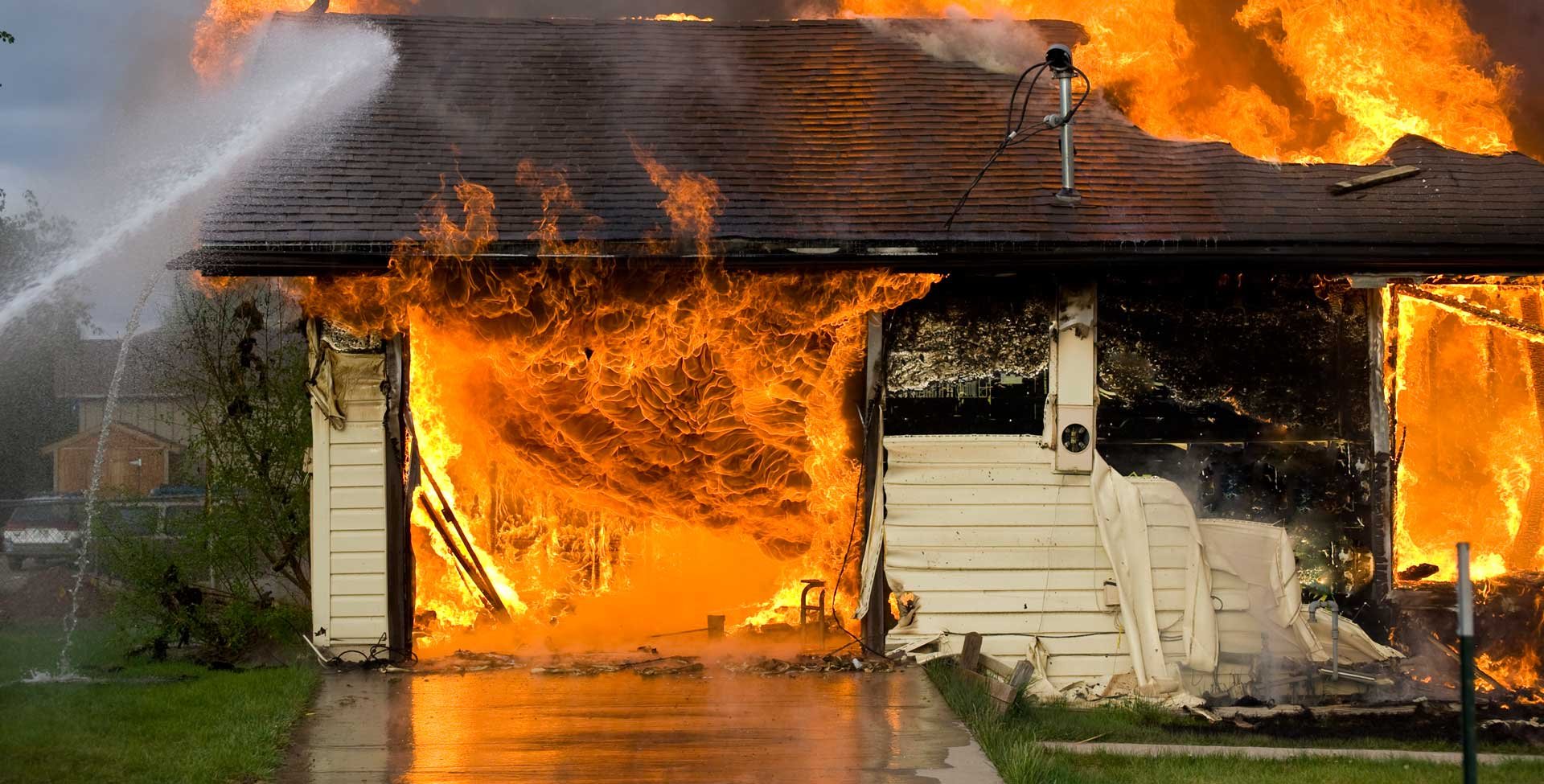Little Known Facts About Dry Star Restoration.
The Best Guide To Dry Star Restoration
Table of ContentsFascination About Dry Star RestorationDry Star Restoration - The FactsFacts About Dry Star Restoration UncoveredFascination About Dry Star RestorationSome Known Facts About Dry Star Restoration.
Specifically in wintertime, home heating systems are an usual fire hazard. Damaged circuitry or placing heating systems as well close to flammable materials like drapes can stir up a fire.
Products like electric motor oil or cleaning fluids can ignite under certain conditions. Constantly shop these items properly and far from warm resources. emergency water damage cleanup. Stats: According to the National Fire Defense Association, family chemicals are in charge of a notable portion of home fires each year. By knowing these usual causes, you can take steps to make your home much safer.
Our Dry Star Restoration Diaries

Trick issues consist of: Water Intrusion: Water can permeate into walls, floorings, and furnishings. This can compromise the architectural stability of your home. Build Development: If water is moist quickly, mold can begin to grow within 24-48 hours. Mold and mildew can cause wellness problems and additional damages to your property. Architectural Weakening: Water can damage wood structures and trigger steel parts to rust, making your home hazardous.
It's important to deal with all these elements to totally recover your home. Next, we will certainly dive right into the actions entailed in the fire damages restoration process. Fire repair is the process of cleaning, repairing, and bring back a residential property that has actually been harmed by fire. The goal is to return the building to its pre-loss problem, meaning it looks and functions as it did before the fire.
The Buzz on Dry Star Restoration
Particles Removal and Demolition: Harmed products are securely eliminated, and any harmful substances like asbestos are handled suitably. Fire damages encompasses numerous kinds of injury to a residential or commercial property: Physical Damage: This includes charring, smudging, and disintegration of materials straight influenced by the fire.
Water Damages: Water used to extinguish the fire can result in architectural weakening and mold growth if not effectively handled. Fire reconstruction professionals utilize specialized methods and tools to deal with all these kinds of damages, guaranteeing the property is safe and comfortable as soon as again. Next off, we will certainly study the actions involved in the fire damages restoration procedure.
From state-of-the-art water extraction equipment to specialized tools for smoke and residue elimination, we have the resources needed to recover your residential property to its pre-loss problem. Our techniques are made to be comprehensive and efficient, decreasing more damages and accelerating the recuperation procedure. Our group consists of certified technicians that are professionals in fire damages remediation.
Top Guidelines Of Dry Star Restoration
Their know-how ensures that every work is done right, offering you with satisfaction during a hard time. If you require fire damages repair services, don't think twice to call us. We're below to assist you recover your home and your life after the fire. directory Last modified on 15th of July 2024.
(https://www.easel.ly/browserEasel/14545666)If there's a fire, smoke is sure to follow. While the fire's smoke is made up of aspects that make your home harmful to be in, the damages smoke leaves behind doesn't quit there. Smoke will drift to apparently every component of your home, sticking to furnishings, decoration, curtains, walls, ceilings, floors, and a lot more.
The water will saturate right into the charred materials and spread out to various other areas of the home untouched by the fire. If left untreated or missed out on during fire damages repair, the water damage will just intensify with time and can result in mold and mildew development, safety and security problems for your home's framework, and unsightly looks around your area, consisting of distorted floor covering, peeling off paint, and visible stains.
6 Easy Facts About Dry Star Restoration Shown
Water reduction is often the first step of the fire, smoke, and water damages reconstruction process after a damage control has actually been finished. This attends to the water damage head-on and includes steps to stop further problems for your room prior to, throughout, and after reconstruction. Assessment and damage control to analyze the level of water damageIsolation of water damage to affected areas to forbid water from infecting completely dry areasInspection of your home's foundation for architectural stabilityExtraction of any kind of standing water from the propertyStructural drying with commercial-grade equipmentSite cleanup that will clear away particles, pack out salvageable web content for restoration, and give way for restoration servicesWe'll likewise complete added damage mitigation by boarding up busted windows and doors, applying tarpaulins to holes in roofings, and finishing other steps to stop extra damages and dangers to your home while the fixings are happening.
A lot of terms and summaries made use of by water and fire damages remediation contractors are fairly self-explanatory. The checklist of terms below must be of help when you're communicating with the business you've worked with. Any type of activity taken to prevent the growth and dispersing of fungus, mold, mildew, and spores. This can consist of utilizing solvents or chemicals as ingredients or barriers on structure materials to stop fungus development.